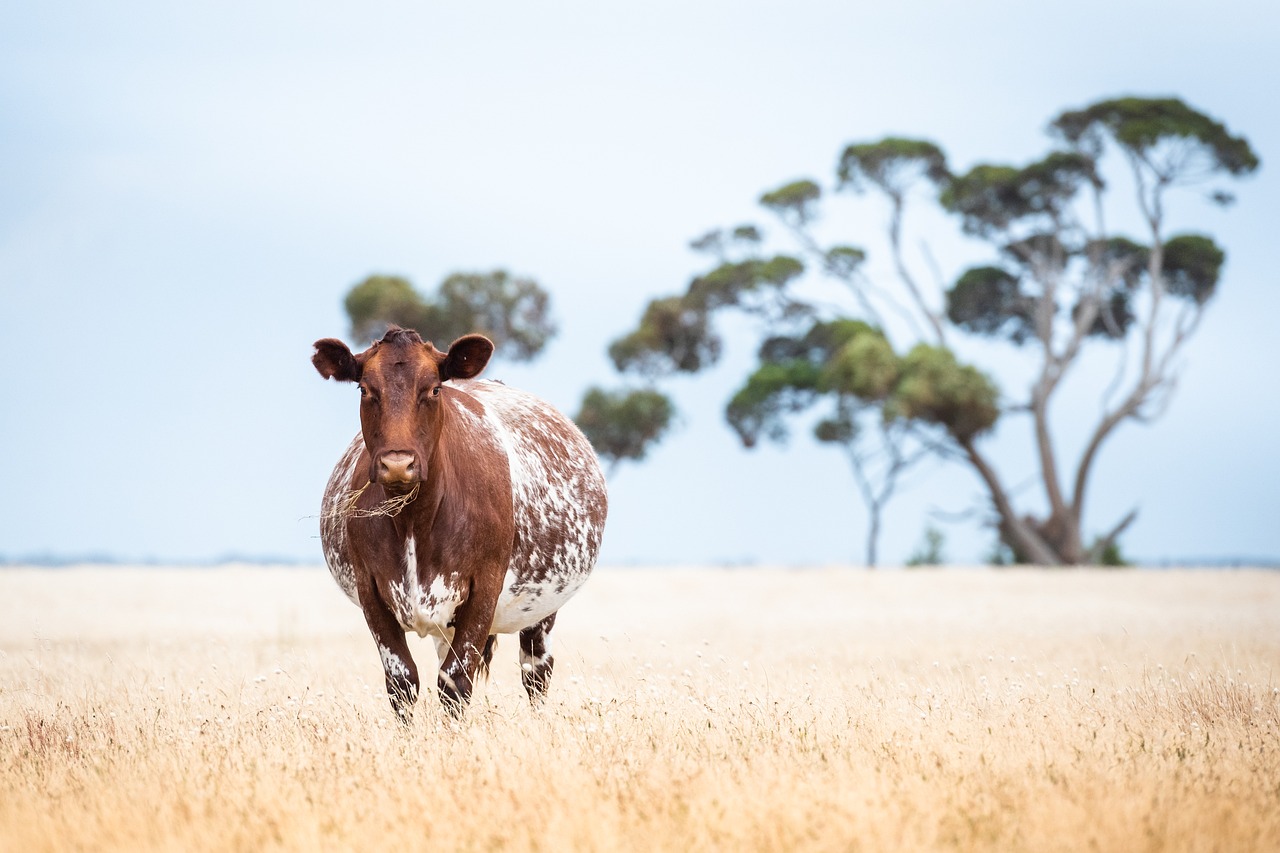I. What is Brucellosis?
It is a zoonotic infectious disease.
II. What are the common sources of transmission of brucellosis?
Brucella can be transmitted between different animals and also from animals to humans. Human brucellosis is almost always caused by infected animals. Infected animals (including wild animals) such as sheep, cattle, pigs, dogs and cats are the main sources of infection.
III. What are the transmission routes for brucellosis?
Brucellosis can invade the body through the skin mucous membranes on the surface of the body (direct contact infection), the digestive tract (food or water), and the respiratory tract (droplets and dust). The route of infection in human beings is related to occupation, diet and living habits.
IV. Who is susceptible to brucellosis?
Brucellosis susceptible people for contact with sick animals veterinarians, inspectors, feeding and grazing personnel, fur processing, slaughtering, milking personnel, etc., by the Brucella invasion of the human body, under certain conditions can be onset.
V. What are the general symptoms of brucellosis?
The main symptoms are prolonged fever (with chills), irregular heat pattern, excessive sweating, bone, joint and muscle pain, weakness, headache and other symptoms. The chronic stage is mostly fixed joint pain. The advanced stage can lead to joint stiffness or deformity, or even bone destruction.
VI. How long does brucellosis last and what is its prognosis?
The natural course of the disease ranges from 3 to 6 months (average 4 months), but the longest duration is more than a few years. Most patients recover within 3 to 6 months. Failure to consult the doctor in time or failure to take a full course of medication may lead to the chronicization of Buerger’s disease, resulting in serious sequelae.
VII. What is the peak season of brucellosis?
Bubonic plague can develop in all seasons of the year, and the peak season is from March to August. Generally speaking, in pastoral and agricultural areas, there are frequent contacts between human and domestic animals, and there are many chances of infection.
VIII. What are the preventive measures against brucellosis?
1.Do not eat milk and milk products that have not been sterilized. Do not eat the meat and meat products of animals suffering from brucellosis. 2. Raw and cooked meat boards must be used separately, beef and mutton cooking should be cooked and eaten, and disinfected if necessary. 3. Do not use infected animal hair, skin, especially in areas where brucellosis is prevalent, such as hair, skin. 4. In and out of infected animal pens should be hygienically disinfected. 5. Occupational history of the relevant personnel, the emergence of brucellosis symptoms in patients should seek timely medical treatment, and animal husbandry Cooperate with animal husbandry departments to strengthen quarantine and immunization among animals, and eliminate sick animals and other comprehensive prevention and control methods. 6. Strengthen personal protection and actively prevent brucellosis.



